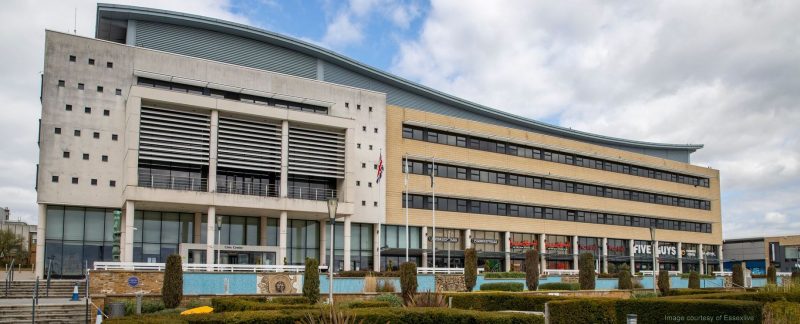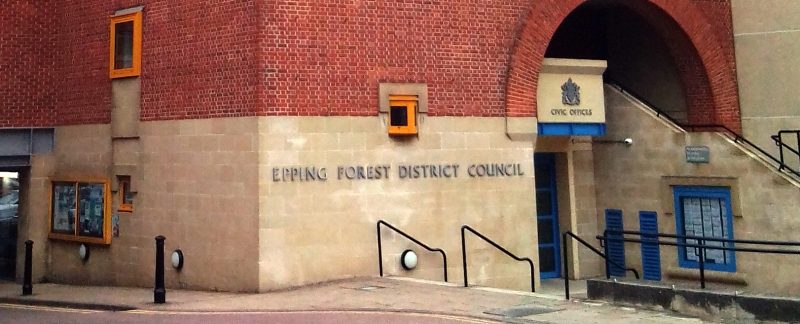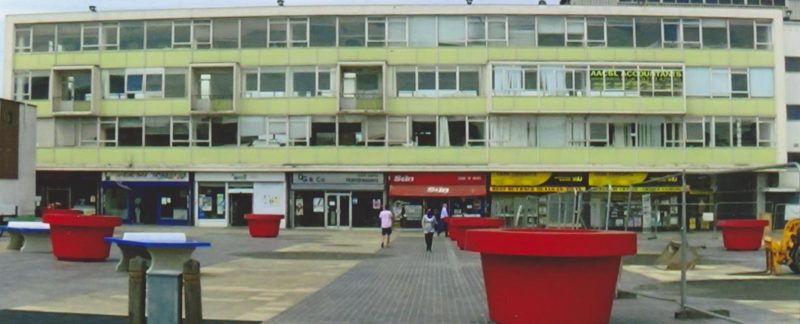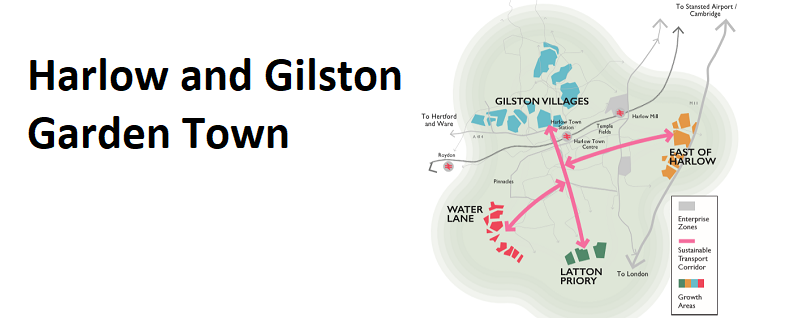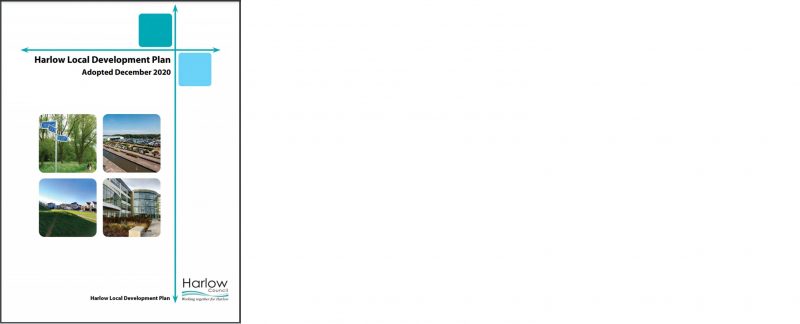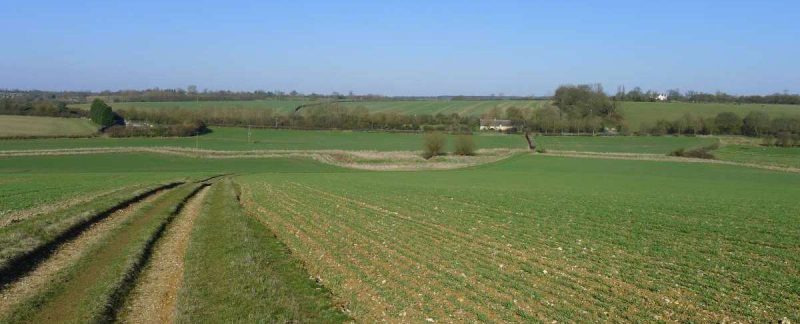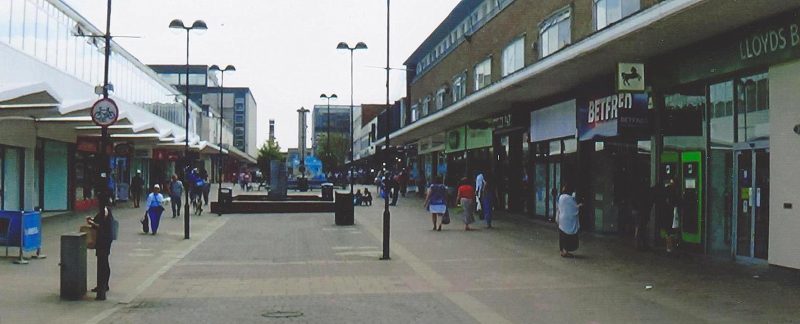Harlow’s town centre has been in decline for many years. Hundreds of office jobs have been lost, the offices have been converted into very small flats unsuitable for families, the number of vacant shops has increased, buildings have suffered from a lack of maintenance and attempts to increase footfall in the evening have largely failed.
In the last couple of years Planning Permission has been given to open food shops near Edinburgh Way and for the building of 1,400 flats in the town centre. Another 550 are planned for the hospital site. Harlow’s Labour controlled Council seem to think that replacing shops which have one storey above them with shops with ten storeys above them bringing hundreds of families living in the town centre will in itself help regenerate the town’s centre back into the vibrant shopping centre that it once was.
The Council’s recent failed bid to the Government for millions of pounds clearly lacked vision and ambition, as did wasting over £250,000 on “refurbishing” Market Square just a few years ago. What would the Conservative Party have done any differently? Well, who knows. Apart from criticising the Labour proposals, they have not yet come up with any alternatives themselves.
By accessing millions of pounds, Harlow Council now have a once in a lifetime opportunity to create a vibrant town centre again. We believe that only the Harlow Alliance Party have the vision to do so. Unlike Basildon and Stevenage, Harlow does not have a leisure park, where numerous leisure facilities and restaurents are in close proximity to each other. HAP believe that adding more cultural and leisure facilities to those already in the town centre, should be at the heart of it’s modernisation programme.
HAP believe this could be achieved by:
- The purchase of Market House, the area to the north of it and the post office premises nearby replacing them with a new (1000-seater) theatre, live music and exhibition centre on the site.
- Turning the Post Office car park into an electric car charging hub with hundreds of charging points.
- Demolishing part of the library to “open out” Broadwalk into the Water Gardens and locating a new library in premises facing Market Square.
- Landscaping Market Square on similar lines to the Water Gardens.
- Creating an enclosed roof over Broadwalk. Designers of adjacent buildings would need to incorporate the roof into their plans.
- Improve all of the pedestrian access points in and out of the town centre.
- Investigate the creation of an indoor market, using the markets at Chelmsford and Stevenage as a blue print.
- Build a new bus station, creating a better pedestrian access to the ground floor of Terminus House and the new building which is to be built next to it.

